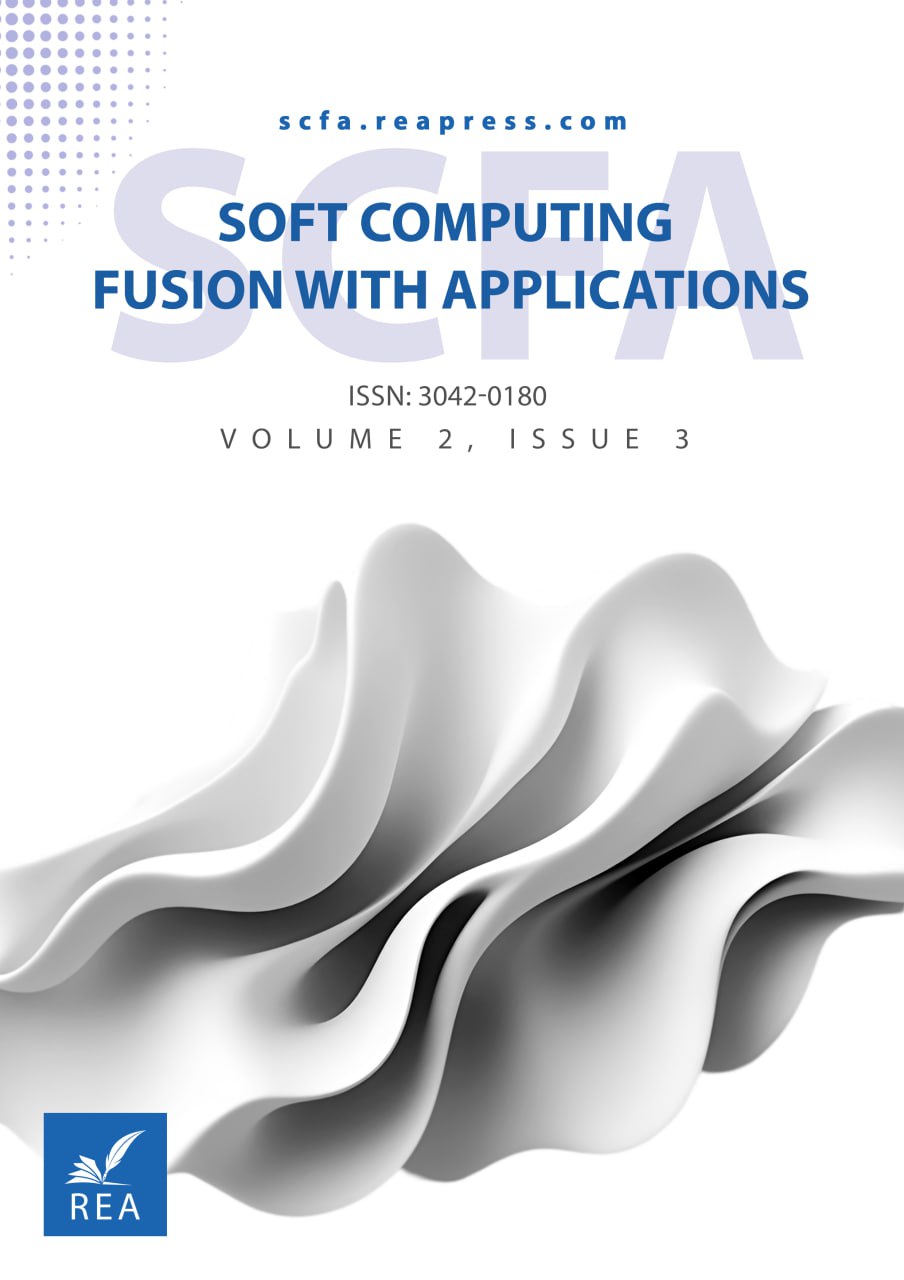Automatic License Number Plate Detection
Abstract
Automatic License Number Plate Detection (ALNPD) is a critical technology for identifying and processing vehicle registration numbers through image processing techniques. It finds extensive applications in traffic management, law enforcement, and automated toll collection systems. This paper presents an overview of ALNPD, highlighting its significance, methods, challenges, and emerging applications. It delves into the technical methodologies involved in detection, focusing on image preprocessing, localization, segmentation, and Optical Character Recognition (OCR). Furthermore, we discuss the challenges posed by varied lighting conditions, occlusion, and complex backgrounds while exploring future advancements and their potential impact on enhancing the robustness and accuracy of ALNPD systems.
Keywords:
License plate detection, Image processing, Machine learning, Deep learning, Optical character recognition, Vehicle detectionReferences
- [1] Khan, A., Sohail, A., Zahoora, U., & Qureshi, A. S. (2020). A survey of the recent architectures of deep convolutional neural networks. Artificial intelligence review, 53, 5455–5516. https://doi.org/10.1007/s10462-020-09825-6
- [2] Redmon, J., Divvala, S., Girshick, R., & Farhadi, A. (2016). You only look once: Unified, real-time object detection. 2016 IEEE conference on computer vision and pattern recognition (CVPR) (pp. 779–788). IEEE. https://doi.org/10.1109/CVPR.2016.91
- [3] Redmon, J., & Farhadi, A. (2017). YOLO9000: BETTER, faster, stronger. 2017 IEEE conference on computer vision and pattern recognition (CVPR) (pp. 7263–7271). IEEE. https://doi.org/10.1109/CVPR.2017.690
- [4] Redmon, J., & Farhadi, A. (2018). Yolov3: An incremental improvement. https://ask.qcloudimg.com/draft/2661027/i16j8zgndj.pdf
- [5] Wang, C. Y., Bochkovskiy, A., & Liao, H. Y. M. (2021). Scaled-yolov4: Scaling cross stage partial network. 2021 IEEE/CVF conference on computer vision and pattern recognition (CVPR) (pp. 13029–13038). IEEE. https://doi.org/10.1109/CVPR46437.2021.01283
- [6] Jocher, G., Stoken, A., Borovec, J., Changyu, L., Hogan, A., Chaurasia, A. (2021). Ultralytics/yolov5: v4. 0-nn. SiLU activations, Weights & Biases logging, PyTorch Hub integration. https://10.5281/zenodo.4418161
- [7] Yi, C., Heng, K., Fei, Y., Meng, C., Hao, Q., Ming, Y., Yuan, L. (2022). Yolov6: A single-stage object detection framework dedicated to industrial applications. https://doi.org/10.48550/arXiv.2209.02976
- [8] Wang, C. Y., Bochkovskiy, A., & Liao, H. Y. M. (2023). YOLOv7: Trainable bag-of-freebies sets new state-of-the-art for real-time object detectors. Proceedings of the IEEE/CVF conference on computer vision and pattern recognition (pp. 7464–7475). IEEE. https://doi.org/10.48550/arXiv.2207.02696
- [9] Jegham, N., Koh, C. Y., Abdelatti, M., & Hendawi, A. (2024). Evaluating the evolution of yolo (You only look once) models: A comprehensive benchmark study of yolo11 and its predecessors. https://doi.org/10.48550/arXiv.2411.00201
- [10] Girshick, R., Donahue, J., Darrell, T., & Malik, J. (2014). Rich feature hierarchies for accurate object detection and semantic segmentation. Proceedings of the IEEE conference on computer vision and pattern recognition (pp. 580–587). IEEE. https://doi.org/10.48550/arXiv.1311.2524
- [11] Girshick, R. (2015). Fast R-CNN. 2015 IEEE international conference on computer vision (ICCV) (pp. 1440–1448). IEEE. https://doi.org/10.1109/ICCV.2015.169
- [12] Bottleson, J., Kim, S., Andrews, J., Bindu, P., Murthy, D. N., & Jin, J. (2016). Clcaffe: Opencl accelerated caffe for convolutional neural networks. 2016 IEEE international parallel and distributed processing symposium workshops (IPDPSW) (pp. 50–57). IEEE. https://doi.org/10.1109/IPDPSW.2016.182
- [13] Yang, G., Wang, J., Nie, Z., Yang, H., & Yu, S. (2023). A lightweight YOLOv8 tomato detection algorithm combining feature enhancement and attention. Agronomy, 13(7), 1824. https://doi.org/10.3390/agronomy13071824
- [14] Mirhaji, H., Soleymani, M., Asakereh, A., & Mehdizadeh, S. A. (2021). Fruit detection and load estimation of an orange orchard using the YOLO models through simple approaches in different imaging and illumination conditions. Computers and electronics in agriculture, 191, 106533. https://doi.org/10.1016/j.compag.2021.106533
- [15] Koo, Y., Kim, S., & Ha, Y. (2021). OpenCL-Darknet: Implementation and optimization of OpenCL-based deep learning object detection framework. World wide web, 24, 1299–1319. https://doi.org/10.1007/s11280-020-00778-y
- [16] Marco, V. S., Taylor, B., Wang, Z., & Elkhatib, Y. (2020). Optimizing deep learning inference on embedded systems through adaptive model selection. Association for computing machinery transactions on embedded computing systems (TECS), 19(1), 1–28. https://doi.org/10.1145/3316781.3317828
- [17] Patel, C., Shah, D., & Patel, A. (2013). Automatic number plate recognition system (ANPR): A survey. International journal of computer applications, 69(9), 21-33. http://dx.doi.org/10.5120/11871-7665


